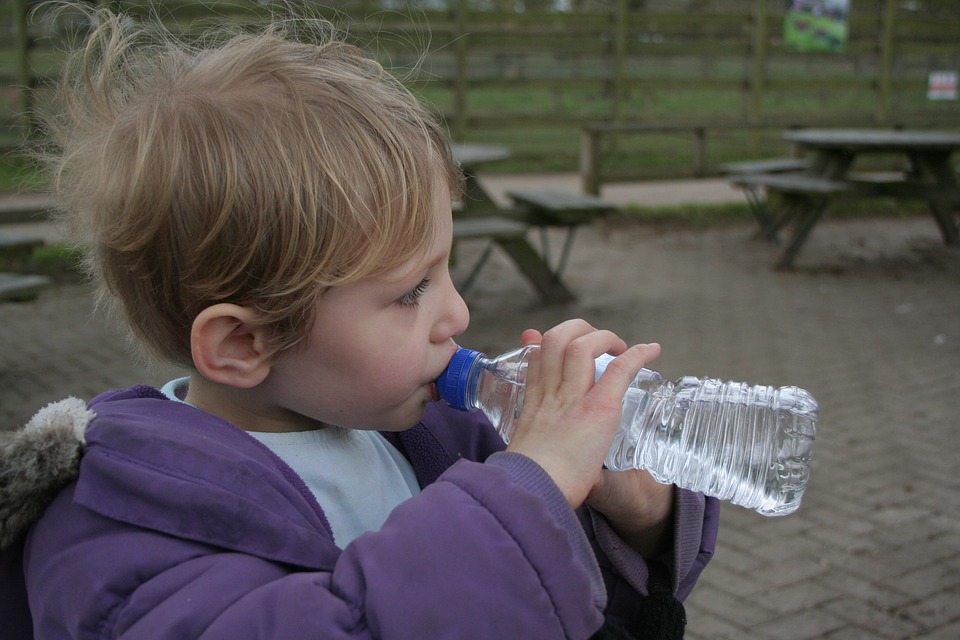Water is the single most important aspect of survival. You can survive up to three weeks without food, but only three days without water. When it comes to preparedness, planning for a method of water storage as well as water purification should be your first step. Most people think of food and energy right away, but you can’t do much to re-hydrate and cook fancy dehydrated emergency food without water.
You can only store so much water-you just never know how long you will be without access to clean drinking water. So while it is certainly prudent to store up as much water as you can for both drinking and bathing, you should also plan ahead and prepare yourself to be able to purify water.
Boiling
This is usually what’s recommended by the authorities in the event of contamination of public water, like during Hurricane Sandy in 2012. Boiling is the simplest way to purify water, if you have the capacity to do so. Heat the water to a rolling boil and then boil for five minutes to kill bacteria. This will not remove metals, fluoride or chlorine, but it will make the water potable and in an emergency, that will probably be all that matters to you.
Treatment
Iodine tablets, chlorine tablets and granular calcium hypochlorite are three water additives to consider for water purification. While most likely adding a weird or chemical taste to the water, when added to possibly contaminated water, they will kill possibly deadly bacteria and make it possible to drink. Like boiling, it might not be ideal if you want to avoid chemicals, but it will keep you alive, and that’s the point of survival.
Filtration
There are many options for water filtration out there, and considering the amount of funky chemicals and metals in most public water supplies, this might be something you want to look into for the water coming out of your tap now.
But especially in an emergency, knowing how to filter water will be crucial. The internet is full of genius DIY water filtration systems, but a very basic one (like this one here) is to cut the bottom off a soda bottle or cut off a pant leg and tie off the bottom of it, then place charcoal for a fire at the bottom, then a layer of sand, then finally a layer of rocks. Water is then poured through these three layers into a clean container. The rocks will filter out large pieces of debris, the sand will actually filter out bacteria and other contaminants, and the charcoal will filter out chemical impurities and traces of metals. This surprisingly simple water filter might be just the key to safe drinking water in an emergency for your family.
Water is the basis for all life on earth, so be sure to have several options available to you and your family for both storing and obtaining clean drinking water.
If you liked that, you might also like:


